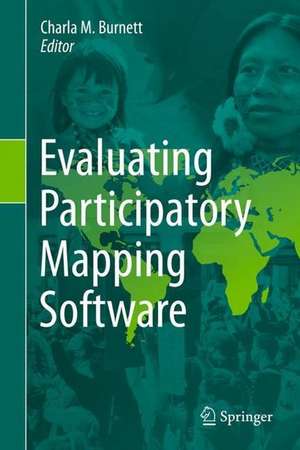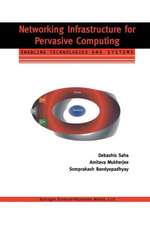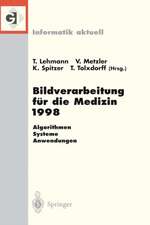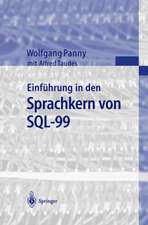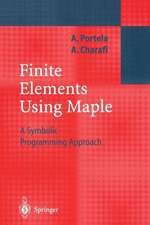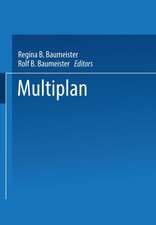Evaluating Participatory Mapping Software
Editat de Charla M. Burnetten Limba Engleză Hardback – 22 apr 2023
Preț: 691.93 lei
Preț vechi: 864.91 lei
-20% Nou
Puncte Express: 1038
Preț estimativ în valută:
132.48€ • 135.90$ • 111.54£
132.48€ • 135.90$ • 111.54£
Carte disponibilă
Livrare economică 05-19 februarie
Livrare express 21-25 ianuarie pentru 34.73 lei
Preluare comenzi: 021 569.72.76
Specificații
ISBN-13: 9783031195938
ISBN-10: 3031195930
Pagini: 265
Ilustrații: XXV, 265 p. 69 illus., 64 illus. in color.
Dimensiuni: 155 x 235 x 24 mm
Greutate: 0.59 kg
Ediția:2023
Editura: Springer International Publishing
Colecția Springer
Locul publicării:Cham, Switzerland
ISBN-10: 3031195930
Pagini: 265
Ilustrații: XXV, 265 p. 69 illus., 64 illus. in color.
Dimensiuni: 155 x 235 x 24 mm
Greutate: 0.59 kg
Ediția:2023
Editura: Springer International Publishing
Colecția Springer
Locul publicării:Cham, Switzerland
Cuprins
Chapter 1: Introduction to Participatory Mapping Software and Evaluation.- Chapter 2: Collector for ArcGIS.- Chapter 3: Field Papers.- Chapter 4: GeoODK.- Chapter 5: Maptionnaire.- Chapter 6: KoBoToolbox.- Chapter 7: SeaSketch.- Chapter 8: Sapelli.- Chapter 9: Survey123.- Chapter 10: Ushahidi.- Chapter 11: Mapeo.- Chapter 12: Terrastories.- Chapter 13: Portable OpenStreetMap.- Chapter 14: MapBox.- Chapter 15: Trends and Conclusions.
Notă biografică
Named one of Forbes Magazine’s Top 100 under 30 Scholars, Charla M. Burnett is a community mediator that specializes in strategic planning and decision support technologies. She holds a BA in Global Studies, MA in Conflict Transformation, and is a Ph.D. Candidate in Global Governance and Human Security. She has helped coordinate advocacy campaigns and manage service implementation for Sierra Club and Cambridge for Immigrant Rights and develop strategic plans, M&E and theory of change for Jerusalem Peacebuilders, the United Nations Relief and Works Agency (UNRWA), and SeaSketch. She’s also the founder of two successful nonprofit organizations- Refugees Welcome! and the International Society for Participatory Mapping (ISPM).
Textul de pe ultima copertă
This volume provides a framework for evaluating geospatial software for participatory mapping. The evaluation is based on ten key indicators: ethics, cost, technical level, inclusiveness, data accuracy, data privacy, analytical capacity, visualization capacity, openness, and accessibility (i.e., mobile friendly or offline capabilities). Each application is evaluated by a user and cross analyzed with specific case studies of the software’s real-world application. This framework does not discriminate against assessing volunteered geographic information (VGI) applications, as a form of participatory mapping, in circumstances that its application is spearheaded by underrepresented groups with the intent to empower and spark political or behavioral change within formal and informal institutions. Each chapter follows a strict template to ensure that the information within the volume can be updated periodically to match the ever-changing technological environment. Thebook covers twelve different mapping applications with the goal of creating a comparative evaluation framework that can be easily interpreted by convening institutions and novice users. This will also help identify gaps in software for participatory mapping which will help to inform application development in the future and updates to current geospatial software.
Caracteristici
Provides a framework for evaluating geospatial software for participatory mapping Identifies gaps in software for participatory mapping to inform application development Covers ten different mapping applications
